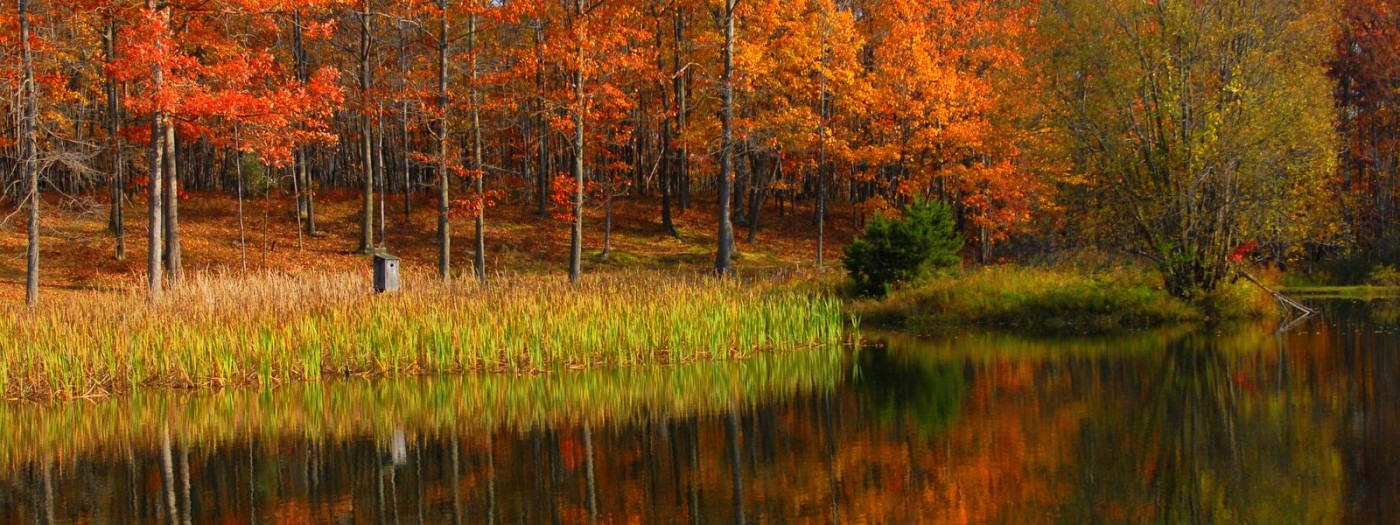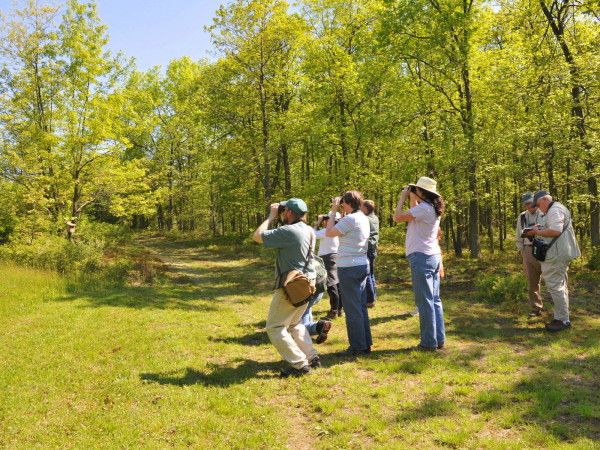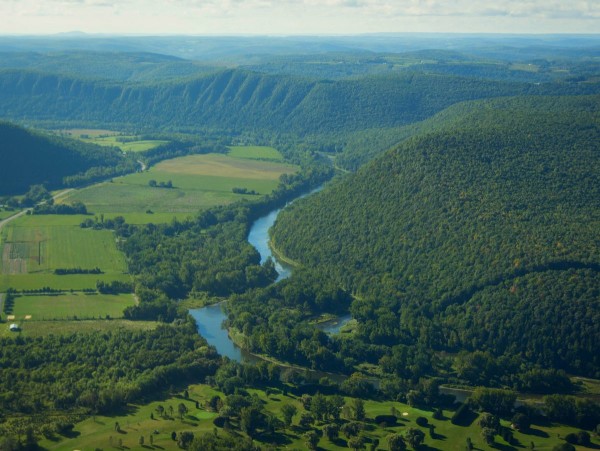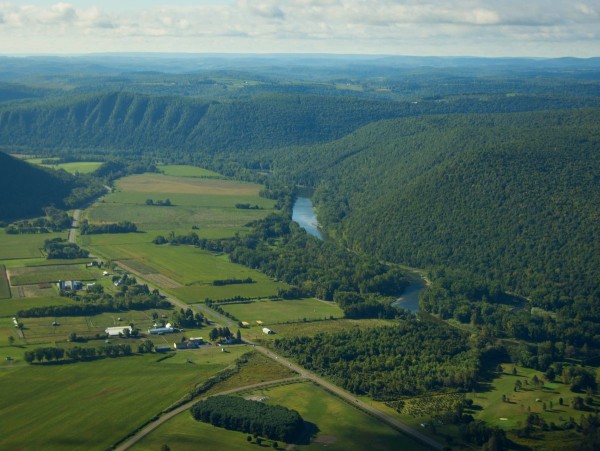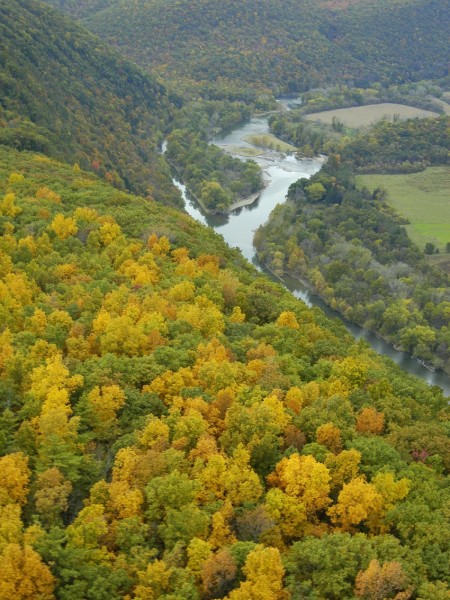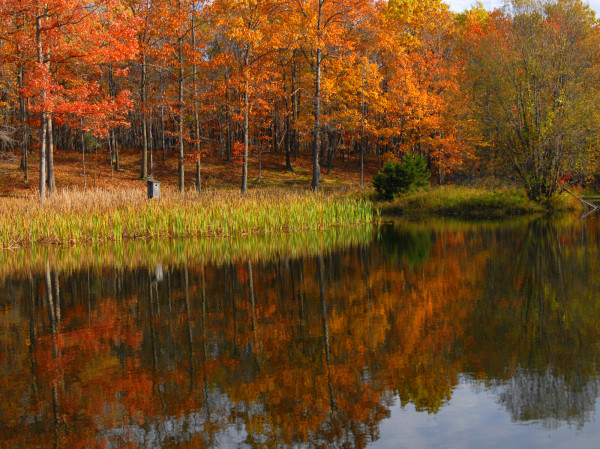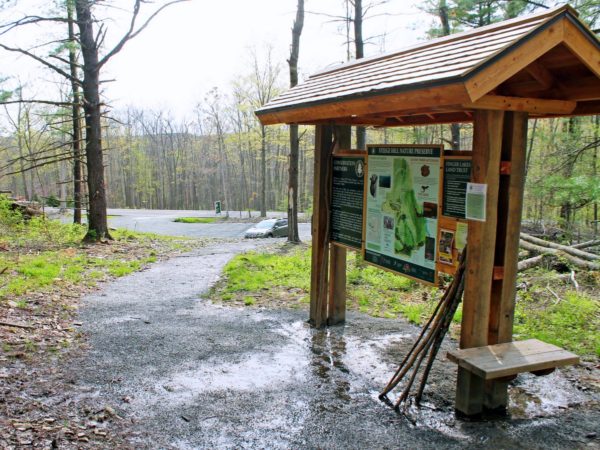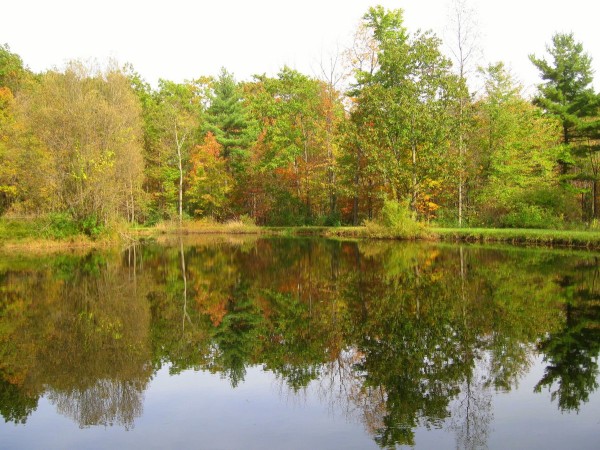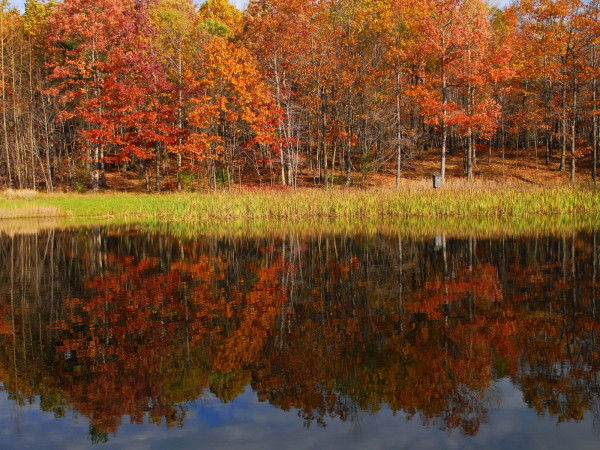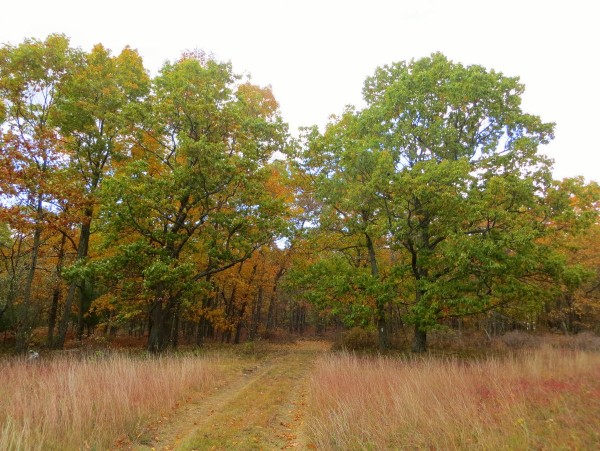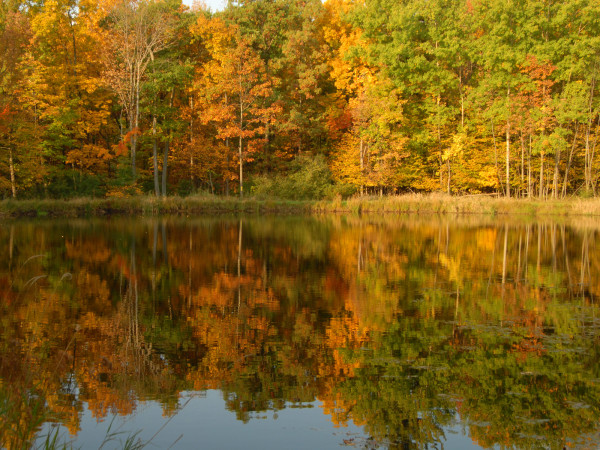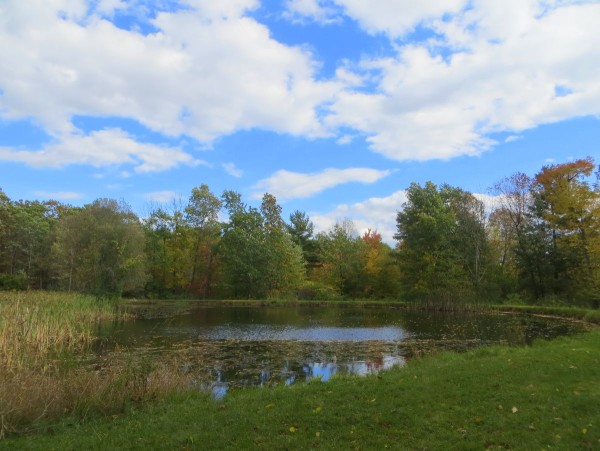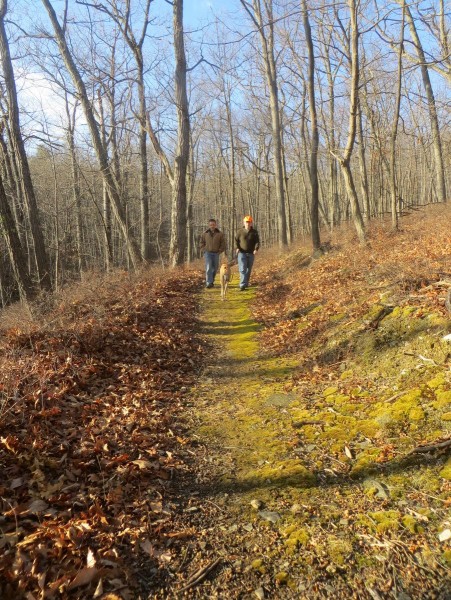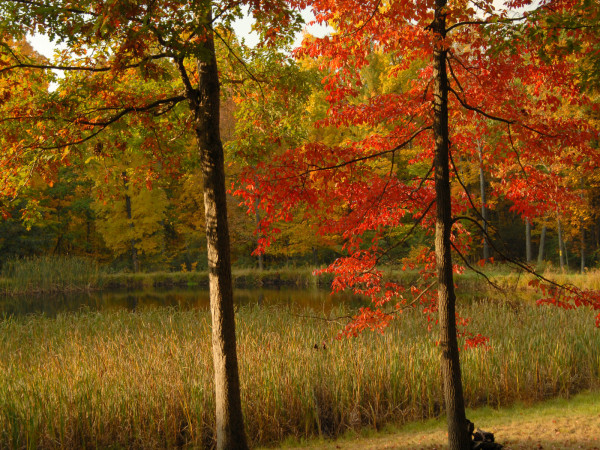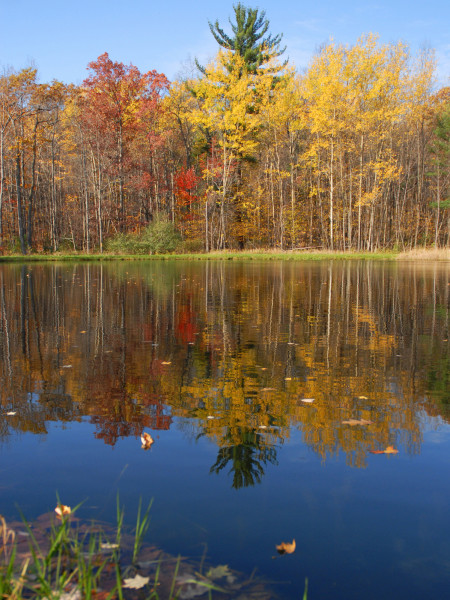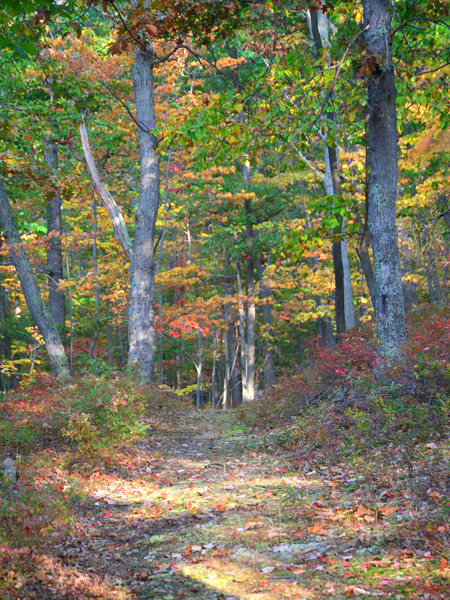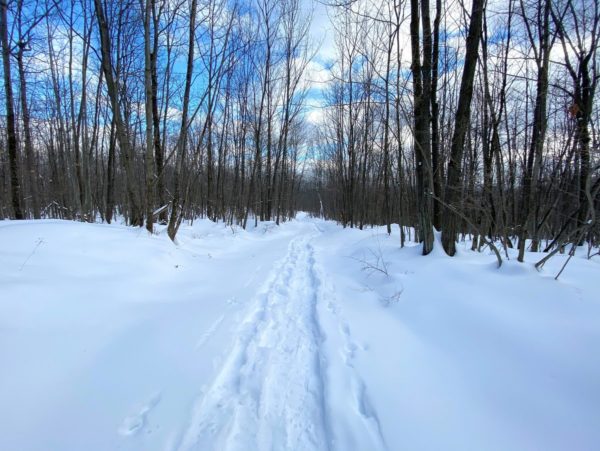As you sit next to a remote brook nestled in a hemlock-lined ravine, you get the feeling of being in the most untouched of forests. Listening to the melodious song of the Winter Wren, you’d never think that as recently as the 1970s, much of this 793-acre property was nearly devastated by poor logging practices. Now, at the Finger Lakes Land Trust’s Steege Hill Nature Preserve, there are numerous trails to walk and observe the abundant wildlife. In the winter, these trails are excellent for cross-country skiing and snowshoeing.
Hundreds of millions of years ago, this land was part of the Great Catskill Delta Plain. More recently, glaciers gouged their way over the flat landscape. Rushing water over the past 10,000 years has further changed the landscape, carving numerous glens and ravines on its way to the Chemung River. Five such ravines on the preserve provide a cooler, moister habitat than is typical of the rest of the preserve. While much of Steege’s forest is dominated by southerly species such as oak and hickory, you’ll find trees more typical of a northern forest — hemlock, maple, birch, and beech — in the glens.
Note: Visitors should be aware of the presence of timber rattlesnakes at Steege Hill Nature Preserve.
Endangered in New York State, rattlesnakes are very rare in our region. These ecologically important and mercilessly persecuted animals are by nature unaggressive and want to stay out of our way. Nevertheless, do watch your step from late April to late September when they may be out and about. Be especially careful when stepping over logs.
At the Steege Hill Preserve you can witness first hand the results of what happens when conservationists and the community band together to conserve our natural lands.
In the 1970s, much of Steege Hill was damaged by such extensive logging that the town of Big Flats shut down the operation and passed New York State’s first local ordinance to regulate logging. Slowly, but surely, the forest is healing. While old logging roads and clearings have been invaded by various non-native plant species such as autumn olive, honeysuckle, and multiflora rose, the native vegetation is coming back in all its variety as well.
Thanks to the generosity of an anonymous donor who provided the funds for the Land Trust’s purchase, the forest will be protected for future generations. In perhaps another 100 years, it will have returned to its former glory. In the meantime, just one walk through it will convince you of this land’s beauty and recovery. Since some areas were not logged, you can compare these with the logged portions, and track the changes as time goes on.

